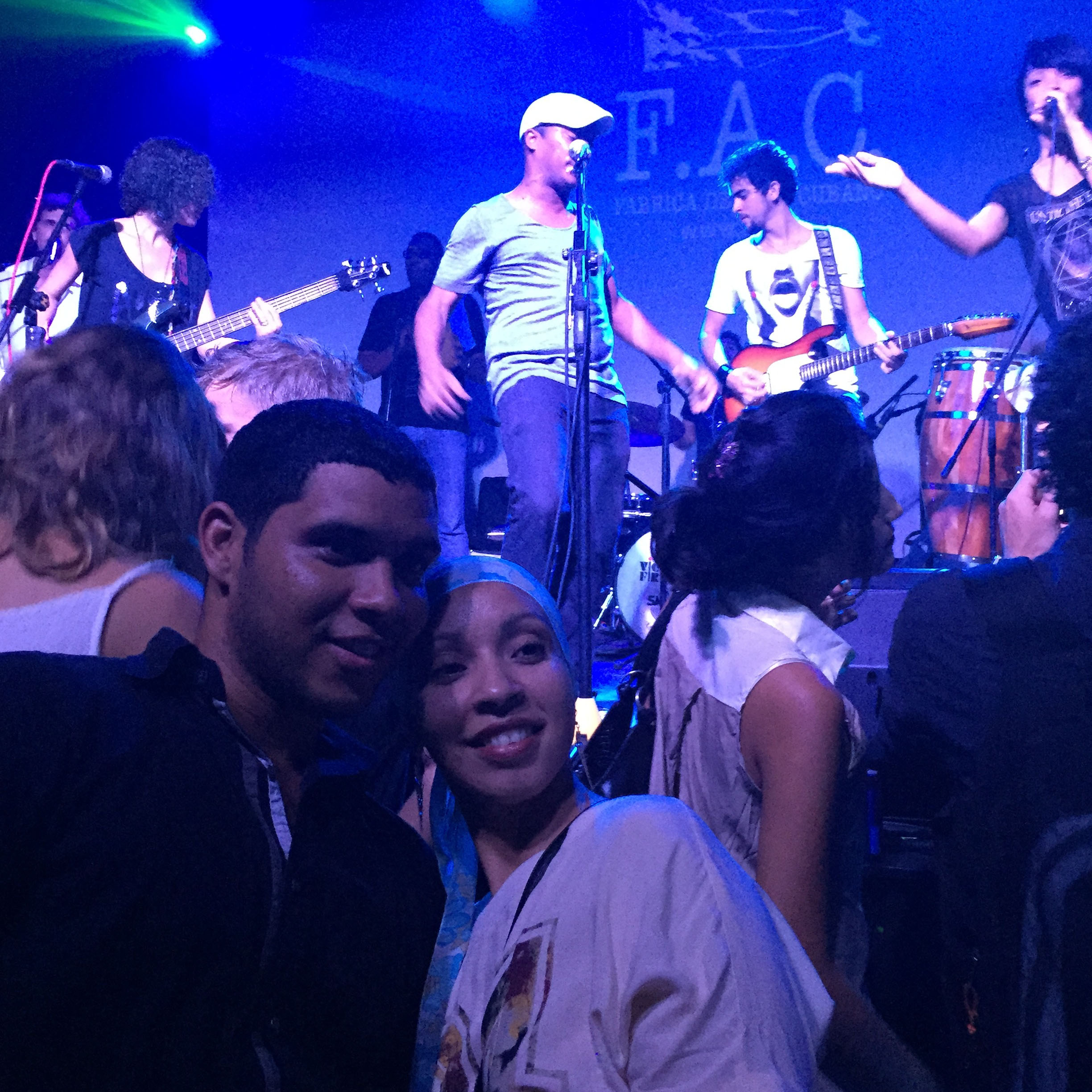
15 Apr TIO Guest Travelogue: Snapshots of Havana
Hola Cuba!
I become giddy as we near the island of Cuba. My seat mate, a heating and air-conditioning salesman from San Diego, is bouncing up and down in his seat too. It isn’t that we are defying U.S. sanctions against Cuba by traveling here unaccompanied by official guides. But we are among the newest visitors to test the U.S.’s more relaxed requirements and are traveling here unsupervised. Since January of this year, anyone who qualifies in any of 12 categories can make their way to Cuba. As a photographer and writer, I am going in the journalist category.
All of a sudden, after miles and miles of pretty blue sea, here it is, la isla de Cuba! The first thing I notice is a well-worn baseball diamond. And teeny weeny cars that look like they came off the set of an “I Love Lucy” episode. Reminders of the United States inextricable influence on Cuba are evident even from high in the air.
What Can I Bring?
My friend, Nick, a seasoned visitor to Cuba has told me to watch the luggage carrousel in José Martí International Airport for my first glimpse of the myriad commercial goods that Cuba is lacking. “They have nothing” he insists, and tells me to be prepared to see Costco-sized 24 packs of toilet paper and car tires come off the plane. “I was so anxious the last time,” he says. “We didn’t know who they belonged to, but we saw only three tires going around and around on the carousel and couldn’t leave until the 4th one showed itself.”
Sure enough, I do see tires. No toilet paper, but pots and pans, a printer, stereo speakers and a large fan. In my own bag, I am carrying pounds of chocolate my host has requested, along with the bars of soap Nick tells me will make good gifts.
In the next few days I will come to wish it was me who brought toilet paper. In Cuba, where the State issues every citizen one toothbrush a year and commercial goods are available according to a seemingly random schedule, toilet paper is not exactly easy to live without. When a fellow guest in the house where I am staying arrives, she presents her gifts and saves the best for last. It is a four pack of Charmin. “So soft” she says passing it around. “And perfumed!” she says as we pass it around again, each person taking a sniff.
Car Show
Cuba and Cars, it’s a cliché and I expect to ignore them. But the 1950’s relics are glorious and ubiquitous. More than any other objects, cars here signify both the arrested development of the country and the ingenious resourcefulness of the people who have kept them running since 1959 when U.S. imports stopped. Of course, there are other cars like the 1971 Russian made Lada that my hosts drive. Or a few other models from Argentina. But it is the old American beauties that cruise the Malecón, operating as taxis for the tourists. The cars are so popular here everyone seems to be able to identify a make and model from far away. “1957 Chevrolet Bel Air!” Elvira, my hostess, calls out to a passing car. The pretty red Chevy looks more like a Wallace and Grommet cartoon than a car with its layers of house paint and plastered over dings.
On my second day in Havana I meet Armando, who pulls up in his 1957 Plymouth Belvedere convertible to offer me a ride as I am walking in the Vedado section of Havana. For 40 CUC’s (convertible Cuban pesos), or about $40 USD, he gives me a delightful tour of Havana that includes much waving and joyful honking at other cars. As much as the drivers greeting each other, it seems as if, too, these cartoonish anachronisms are winking and saying hello to each other too.
Mealtime
At every meal here I encounter unfamiliar fruits and vegetables. I have been told not to expect haute cuisine in Cuba, and in fact, before I arrive, I am a little worried that there won’t be much to eat at all. But fresh organic vegetables and delicious tropical fruits abound in the outdoor markets throughout town. In tourist restaurants, portions are large, and a typical meal consists of fried plantains, tomato and cucumber salad, fresh grilled fish and the famous Cuban beans and rice dish, Moros y Cristianos or Moors and Christians.
Cuba is a tropical country, blessed by abundant farmland, plenty of sunshine and rain. But any Cuban will tell you the reason why these are the good times, and clearly no one who was alive during the 1990’s has forgotten what it feels like to have a gnawing stomach.
The collapse of the Soviet Union in 1991 wreaked havoc on Cuba’s economy. This era is now referred to as the “Special Period.” Stranded without oil to fuel Cuba’s farms and factories, the manufacture of fertilizers and pesticides using oil derivatives also stopped. People went hungry because an entire system of farming was upended. It took years to reintroduce workable technologies to the farmers. Meat and dairy production, also dependent on fossil fuels, simply decreased to levels that were never regained. Today, the Cuban diet is ironically trendy. It is high in fiber and produce is organic, fish is more prevalent than meat, and everything is locally sourced, often grown in rooftop gardens.
I am fascinated by my hostess’s ability to create meals using the same four battered 65-year old pots on an equally old cooking range. Because she has traveled abroad, there are a few additions to the battery de cuisine, such as a Teflon skillet and a blender, but by and large each utensil has seen decades of use, and some items like the spatula are held together with wire. There are also strangely familiar things like the metal espresso maker, which has been ingeniously copied from a brand name original in somebody’s machine shop.
Old Relatives
Everybody in Havana walks a lot. My hostess, Elvira, offers to take me to her usual haunts. It turns out that she means this in a very literal way. She wants to show me the beautiful Necrópolis Cristóbal Colon one artist describes as the most sophisticated sculpture museum in Cuba. The cemetery is huge and filled with glorious marble statues, immediately reminiscent of Père Lachaise in Paris or Greenwood Cemetery in Brooklyn, NY.
The vastness of the cemetery and the resplendence of the tombs, many constructed of imported Carrera marble, speaks to Cuba’s golden age when 19th century sugar, coffee, rum and tobacco tycoons erected monuments in celebration of their prosperity on earth. But, eerily, many of the tombs have been vandalized. Metal gates swing open, revealing empty crypts. Statuary has been ripped from pedestals and stone flower receptacles lie fallen on their sides. “There are no family members left to fill them. So many people left.” Elvira says, shaking her head. “And now they are toppled to prevent Dengue.” Along with the faded and decaying glory of almost every one of Havana’s impressive mansions, the cemetery is a visual reminder of Cuba’s complicated history.
Shopping Trip
After leaving the cemetery, Elvira picks up groceries on our way home. There is a buzz on the street as a truck carefully deposits a pallet of eggs onto the sidewalk. People are hurrying inside a large building on the corner and almost everyone is walking out with a flat cardboard carton with 30 eggs balanced on top. We join the crowd. “Ultimo?” Elvira asks with a smile. A man raises his hand and we line up behind him. The store is a formerly grand emporium, but now, like most state run stores in Cuba, is full of mostly empty shelves and lonely counters. At one, six pairs of thick, brightly colored underpants lay fanned out beside two hand-cut bars of cement colored soap and a few tubes of toothpaste. Prices are all in regular pesos instead of the tourist currency. I can’t quite do the math, but I know that if the average Cuban makes the equivalent of 20 or 30 dollars a month, underpants and toothpaste are still a luxury.
We purchase our 30 eggs and take turns balancing them safely over the mile of uneven, cracked sidewalks we traverse to get home.
Music Everywhere
During the evening, walk through the Vedado neighborhood or down any street in Old Havana, and it is as if the Buena Vista Social Club is in full swing. Salsa, Samba, mambo, rumba, bongoes…music is everywhere. Even the little girl next door to my bedroom, playing her out of tune piano every night, is playing her heart out. It is impossible not to hear music here, it seems. While we are sorely disappointed on the one night we make an official appointment to hear Afro Cuban jazz at a state run jazz bar (we arrive in true Gringo style three hours too early), we are surprised and delighted by the scene at Havana’s super hip Fabrica del Arte. There, in a converted oil factory that has been turned into a kind of Eataly for the Arts, we hear two different bands and are asked to dance by a group of octagenarians ready to teach us how to salsa.
By far, my most out of place musical experience, is the Cuban production of the musical “Rent,” I catch on its last night in town. It is startlingly odd to be in a swelteringly hot room watching a stage full of actors in winter coats pretend they are on the lower east side of NY in winter, playing out the angst of early adulthood.
Regla
During the 18th and 19th centuries, when the Cuban economy was dependent on the slave trade to work its sugar and coffee plantations, more than 600,000 West Africans were taken as slaves and sent to Cuba. In Regla, a part of Havana reached by a 25 cent ferry, the African influence is felt most strongly. At the pretty Iglesia de Nuestra Señora de Regla, worshipers and visitors pay homage to the black Madonna that presides over this Catholic church. Outside the church, Santería ladies, dressed in white and wait to tell your fortune. Santería has its roots in Yoruban tradition, but became mixed with Christianity in the new world. The black Madonna is worshipped, but animals are sacrificed, drums are beaten and spells are cast. A friend’s fortune is pretty straightforward: She will meet a Cuban boyfriend if she is looking for him, and he could be on the next corner. But maybe not, since we refuse to pay the $20 for this unsolicited advice. Charm turns to anger as we back away to explore the forlorn streets of the neighborhood.
Art Rules
Havana is abuzz with activity leading up to Cuba’s 12th Annual Art Biennale, which starts in May. Artists in Cuba are supremely well educated by the State and many are allowed to travel as emissaries for the country. I meet a number of successful artists during the week I am here. Esterio Segura is perhaps the most surprising. At 44, he is one of Cuba’s most prominent young artists with an international following. He teaches in Cuba’s finest art academies and is celebrated here for his success. But look even glancingly at his work and you will see that it is mostly a biting, satirical view of home. “It looks like you’re breaking all the rules. How do you get away with this?” I ask the artist. “I just do” he smiles. Another one of Cuba’s many double standards.
What’s Next?
The view to Miami.
The rules for Americans wishing to travel to Cuba seem to be changing quickly. The island is less than a half hour plane ride from the United States. We are closer to each other than we have been in a very long time.
Lisa Barlow is a writer and photographer who divides her time between New York and Telluride.


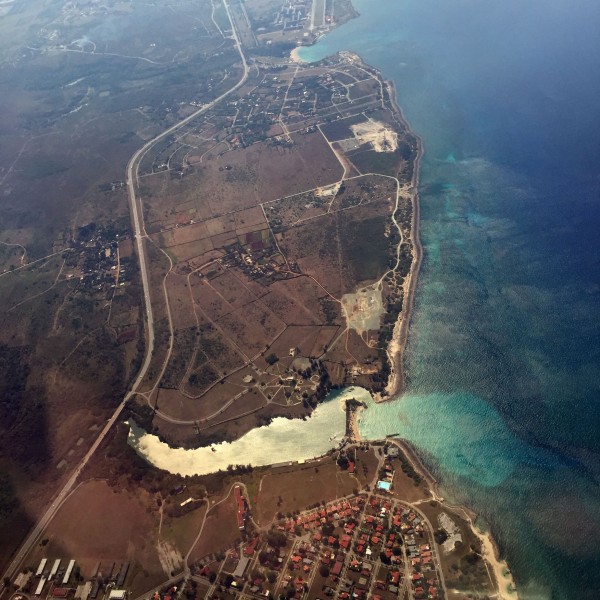
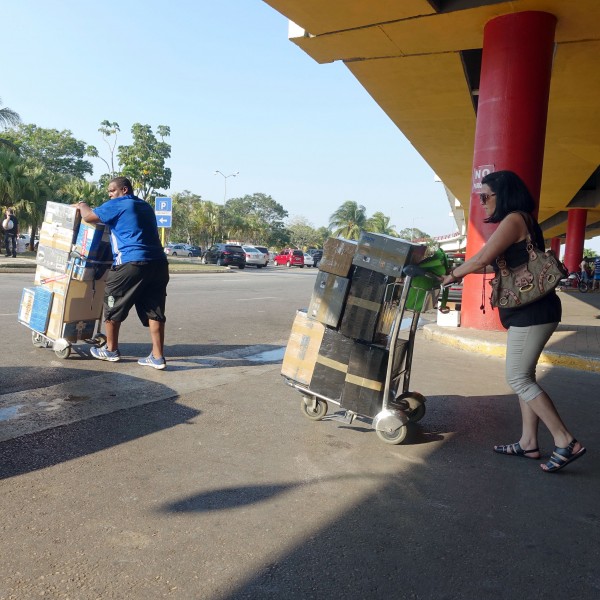

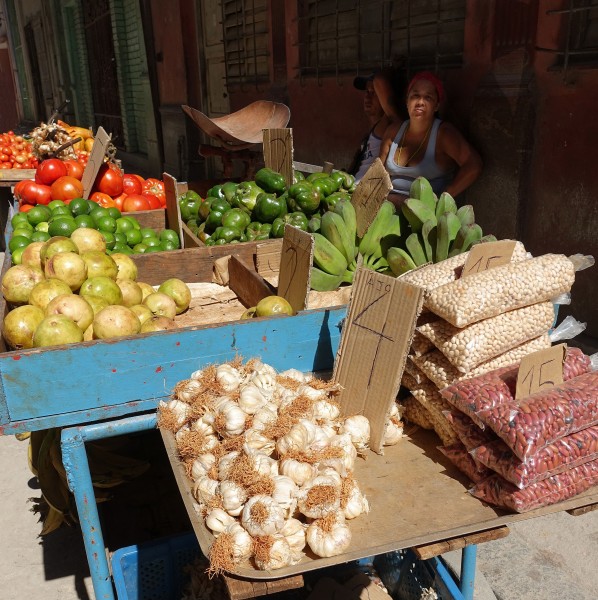

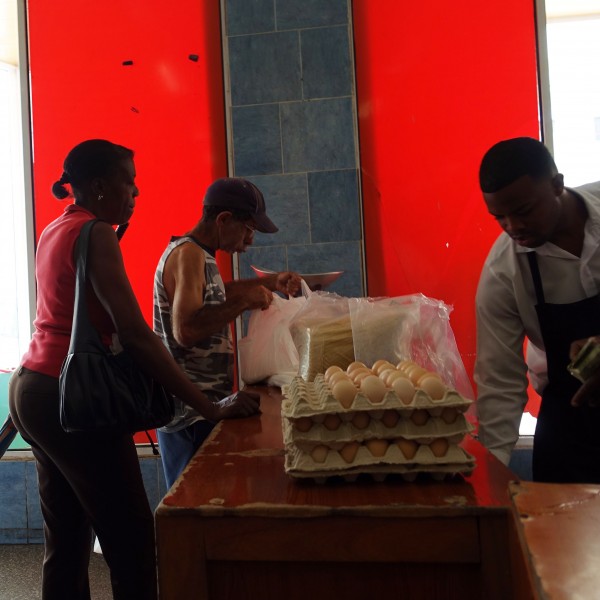
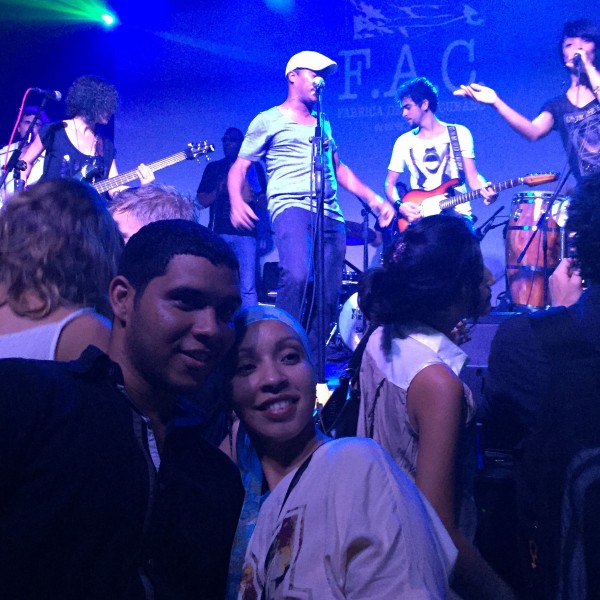
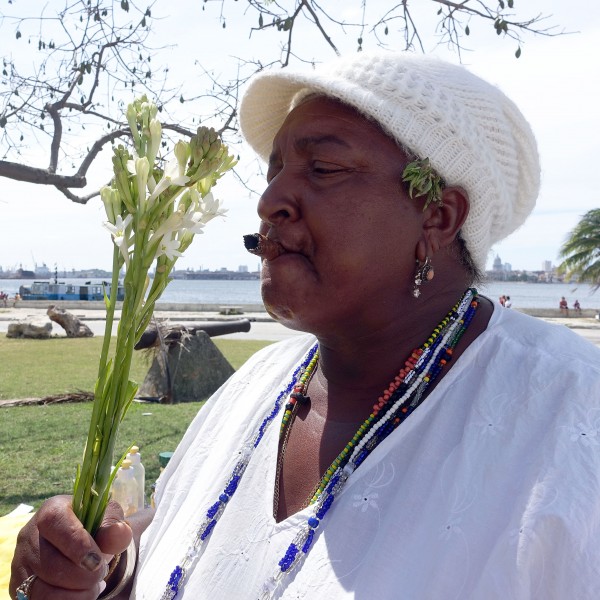
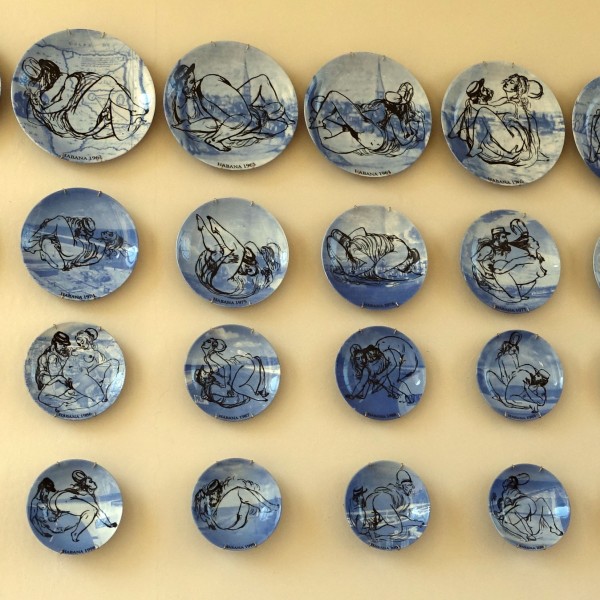
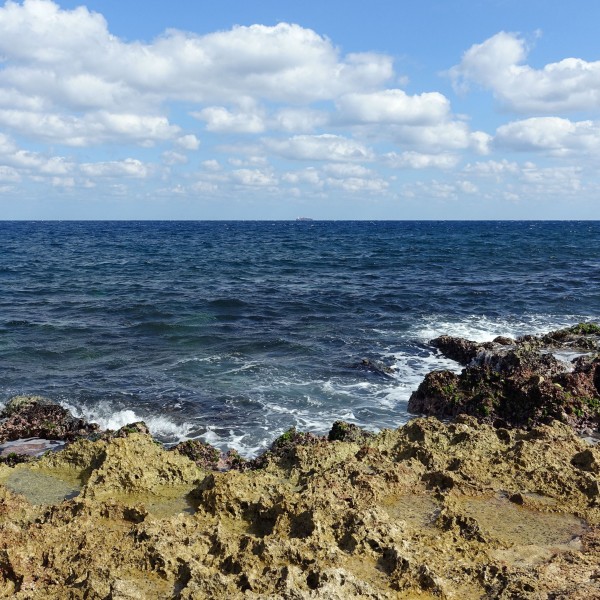

Sorry, the comment form is closed at this time.